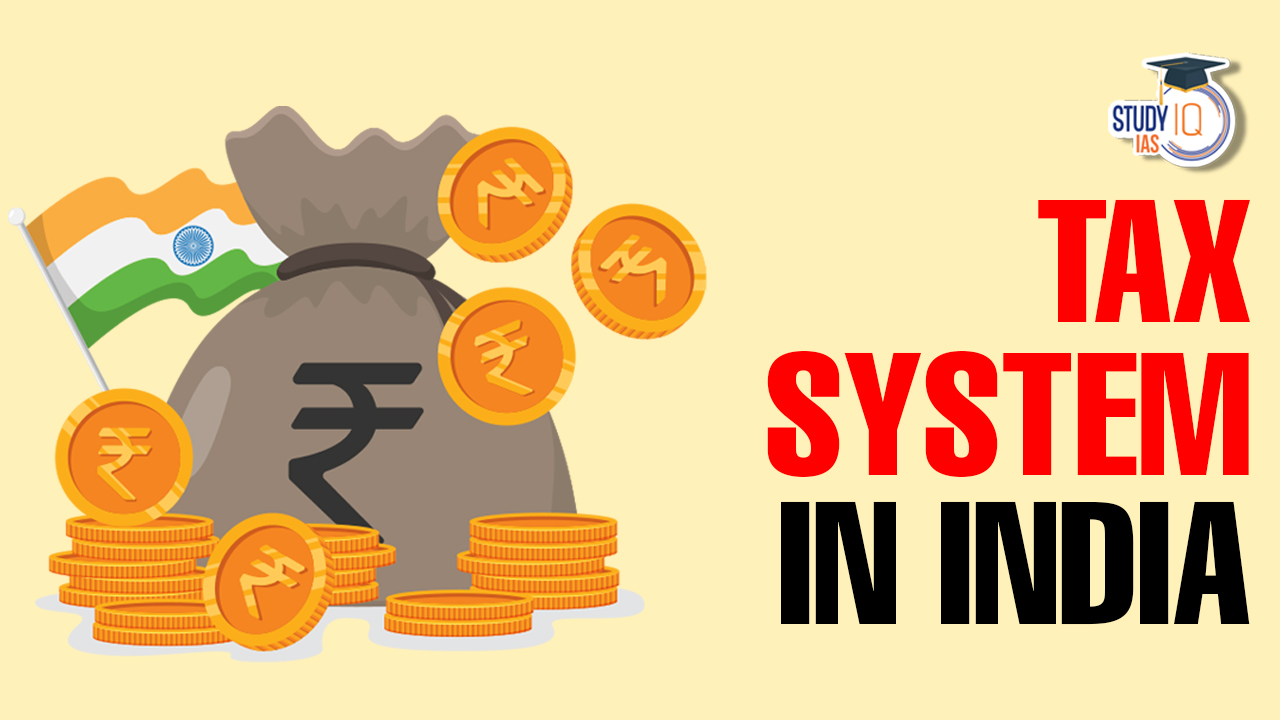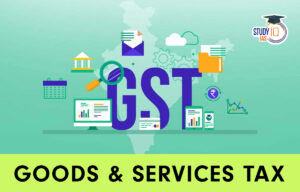Table of Contents
Tax System in India
In India, the taxation system is designed to distribute the responsibility of levying taxes between the Central Government, State Governments, and local authorities such as Municipalities and Local Governments. This collective approach ensures that the government has the necessary funds to effectively govern the state and handle its various affairs. To achieve this, taxes are imposed in diverse forms on the incomes of individuals and companies operating within the country.
Read about: Direct Benefit Transfer
India Considers Income Tax Cut for Middle Class in Upcoming Budget
India may reduce income tax for individuals earning up to Rs 15 lakh annually in the upcoming February budget to relieve the middle class and boost consumption amid an economic slowdown. Under the 2020 tax regime, the proposal aims to alleviate financial stress, especially for urban taxpayers burdened by inflation and high living costs. While details of the potential tax cuts remain undecided, the move could simplify taxation, stimulate growth, and address political concerns over high taxes.
Tax Structure in India
India’s tax structure follows a well-organized three-tier system, encompassing the central government, state government, and local municipal bodies. This structure classifies taxes into two main categories:
- Direct Taxes and
- Indirect Taxes
Direct taxes are levied on the income of individuals and corporate entities, with income tax being the most significant tax for individual taxpayers. Citizens are required to pay income tax if their income exceeds a specified threshold.
Direct Taxes
Direct taxes constitute approximately 50% of India’s tax revenue. Alongside income tax, there are other direct taxes in the Indian tax structure. Capital gains tax is applicable to the sale of capital assets, with the tax rate depending on the capital gain. Capital gains are further classified as short-term or long-term capital gains. Corporate tax is imposed on businesses that file their returns as a company, based on their annual income or turnover.
Indirect Taxes
Indirect taxes play a crucial role in India’s tax structure, serving as a consistent and significant source of government revenue. This category includes various types of taxes, such as service tax, Indian excise duty, value-added tax (VAT), customs duty, stamp duty, and entertainment tax. These taxes are applied to expenditures rather than directly to individuals or businesses.
Read about: Gold Monetisation Scheme
Tax Slabs in India 2023
The new tax regime provides a progressive tax structure, where higher income levels are subject to higher tax rates. It is important for taxpayers to consider these tax slabs while calculating their tax liability and complying with the income tax regulations in India. These tax slabs determine the applicable tax rate based on an individual’s income.
| Income Range | Tax Rate |
| O to Rs 3 lakh | 0% |
| Rs 3 lakh to Rs 6 lakh | 5% |
| Rs 6 lakh to Rs 9 lakh | 10% |
| Rs 9 lakh to Rs 12 lakh | 15% |
| Rs 12 lakh to Rs 15 lakh | 20% |
| Above Rs 15 lakh | 30% |
Read about: Bad Bank
Tax Slab in India Old Regime
The Old Tax Regime, which was in place before the New Regime was introduced in the Budget 2020, offers a different approach to tax calculations and deductions. Under the Old Regime, taxpayers have the opportunity to claim various deductions and exemptions, but they are required to maintain records and invest in tax-saving instruments. This regime allows individuals to optimize their salary and lower their tax liabilities by utilizing different strategies. Here are various tax slabs under the old tax regime.
| Tax Slab (₹) | Old Tax Rates |
| 0 – 2.5 lakh | 0% |
| 2.5 lakh – 5 lakh | 5% |
| 5 lakh – 10 lakh | 20% |
| 10 lakh & above | 30% |
Read about: Banking Ombudsman
Taxation in India
Taxation in India plays a vital role in funding government operations and managing public affairs. The Indian taxation system follows a three-tier structure, with taxes imposed by the Central Government, State Governments, and local municipal bodies. The system includes direct taxes, such as income tax, and indirect taxes, which are applied to expenditures. It is designed to distribute the tax burden and ensure the government has the necessary funds to function effectively. Here are some interesting facts about taxation in India.
Historic Legacy
Taxation in India has a rich historical legacy dating back to ancient times. The Arthashastra, an ancient treatise on economics and governance, written by Chanakya (Kautilya), provides insights into taxation practices during the Maurya Empire.
Taxpayer Population
India has one of the largest taxpayer populations in the world, with millions of individuals and businesses filing their tax returns each year.
Diverse Tax Structure
India has a diverse tax structure with various taxes imposed at different levels. Some notable taxes include income tax, goods and services tax (GST), corporate tax, customs duty, and excise duty.
Tax Identification Number
Every taxpayer in India is assigned a unique identification number known as the Permanent Account Number (PAN). This number is used for various financial transactions and serves as a key identifier for taxation purposes.
Tax Exemptions for Agricultural Income
Agricultural income is generally exempted from income tax in India. This exemption aims to support the agricultural sector, which plays a significant role in the country’s economy.
Double Taxation Avoidance Agreements
India has signed Double Taxation Avoidance Agreements (DTAA) with several countries. These agreements ensure that individuals and businesses are not taxed twice on the same income in both their home country and India.
E-filing and Digital Initiatives
The Indian tax system has embraced digitization, making it convenient for taxpayers to file their returns online. The introduction of the Goods and Services Tax Network (GSTN) and other digital initiatives has streamlined tax administration and enhanced transparency.
Tax Deductions and Incentives
The Indian tax system provides various deductions and incentives to encourage savings, investments, and specific sectors such as healthcare, education, and affordable housing.
Taxpayer Education
The government of India emphasizes taxpayer education and awareness programs to promote compliance and help individuals understand their rights and obligations regarding taxation.
Tax Reform Measures
Over the years, India has undertaken significant tax reform measures, including the implementation of the Goods and Services Tax (GST) in 2017, aimed at simplifying and unifying the indirect tax system across the country.
Read about: Non-Performing Assets
Tax Structure in India UPSC
Understanding the tax structure in India is crucial for aspirants preparing for the UPSC (Union Public Service Commission) examination as it falls within the scope of the UPSC Syllabus. Taxation forms an integral part of the Indian economy and governance, and its knowledge is essential for effective policy-making, resource allocation, and revenue generation. Aspirants can enhance their understanding of tax-related concepts by accessing UPSC Online Coaching and utilizing the UPSC Mock Test, which provides a comprehensive platform to practice and assess their knowledge in this subject area, ensuring a better grasp of tax-related topics for the UPSC exam.
Read about: India Post Payment Bank


 Goods and Services Tax (GST), Objectives...
Goods and Services Tax (GST), Objectives...
 World Oceans Day 2025, History, Theme, S...
World Oceans Day 2025, History, Theme, S...
 World Environment Day 2025, Theme, Histo...
World Environment Day 2025, Theme, Histo...





















